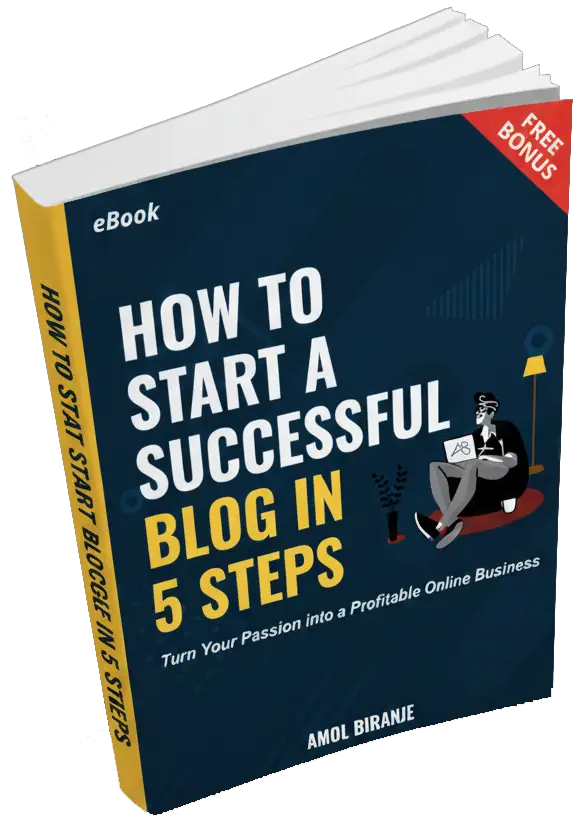Introduction
The world of art has undergone a revolutionary transformation with the rise of Non-Fungible Tokens (NFTs). These digital assets have opened up new opportunities for artists to showcase and monetize their creations like never before. NFTs represent unique pieces of digital art, music, videos, and other creative works, making ownership and authenticity verifiable through blockchain technology. As an artist looking to venture into the NFT space, selecting the right NFT marketplace is crucial for maximizing exposure and potential earnings. In this How to Choose the Right NFT Marketplace for Your Art article, I will guide you through the essential steps to choose the perfect NFT marketplace for your art.
Understanding NFT Marketplaces
Before diving into the selection process, it’s vital to grasp the concept of NFT marketplaces. These online platforms act as market hubs for buying, selling, and trading NFTs. Each marketplace has its unique features, audience, and fee structures, making it essential to find one that aligns with your goals and artwork.
Step 1: Research Different NFT Marketplaces
The first step is to conduct thorough research on the various NFT marketplaces available. Some of the most popular platforms include OpenSea, Rarible, SuperRare, and Foundation. Explore their interfaces, user experiences, and the types of artwork featured on each platform.
Step 2: Consider Marketplace Popularity and User Base
When choosing an NFT marketplace, consider its popularity and the size of its user base. A larger user base indicates more potential buyers and collectors, increasing the likelihood of your art getting noticed and sold.
Step 3: Transaction Fees and Costs
Transaction fees are a crucial factor to examine. Most NFT marketplaces charge a percentage of the sale as a fee. Compare the fee structures of different platforms and evaluate how they might impact your overall earnings.
Step 4: Platform Security and Authenticity
As an artist, ensuring the security and authenticity of your work is paramount. Look for marketplaces that provide robust blockchain-based verification to protect your art from plagiarism and counterfeiting.
Step 5: User-Friendly Interface
A user-friendly interface can significantly impact your experience as an artist. Choose a platform that is easy to navigate and understand, allowing you to upload, list, and manage your NFTs efficiently.
Step 6: Community and Engagement
Consider the level of community engagement on each platform. Some marketplaces have active communities that provide valuable feedback, support, and exposure for artists.
Step 7: Platform Policies and Rights
Review the terms and conditions of each marketplace to understand the rights you retain as an artist. Some platforms might have exclusive rights over the artwork, while others allow you to maintain more control.
Step 8: Artwork Curation and Approval Process
Certain NFT marketplaces have a curation process, where submitted artworks undergo review before being listed. Evaluate the curation process and its impact on the visibility of your art.
Step 9: Sales and Marketing Support
Look for platforms that offer marketing and promotional support for artists. This can significantly enhance the visibility of your NFTs and attract potential buyers.
Step 10: Secondary Sales and Royalties
Consider whether the marketplace supports secondary sales and royalties. Some platforms provide artists with a percentage of future sales of their NFTs, ensuring ongoing revenue.
Step 11: Flexibility in Payment Methods
Explore the payment options available on each platform. Offering a variety of payment methods can attract a broader range of buyers.
Step 12: Platform Reputation
Check for reviews and feedback from other artists about their experiences with different NFT marketplaces. A platform with a positive reputation is more likely to provide a reliable and satisfying experience.
Step 13: Customer Support
Reliable customer support is crucial, especially if you encounter issues with your NFTs or transactions. Choose a marketplace with responsive and helpful customer support.
Step 14: Terms of Service and Legal Implications
Take the time to read and understand the terms of service and legal implications associated with each marketplace. Be certain to adhere to every regulation and prerequisite.
Step 15: Make Your Decision
After careful consideration of all the factors mentioned above, make an informed decision and select the NFT marketplace that best suits your needs as an artist.
Conclusion
Choosing the right NFT marketplace for your art can make a significant difference in your journey as an NFT artist. By conducting thorough research, considering various factors, and weighing your options, you can find a platform that aligns with your artistic vision and maximizes your chances of success in the NFT world.
FAQs About NFT Marketplaces
How to Choose the Right NFT Marketplace for Your Art
Are NFT marketplaces safe to use for artists?
Most reputable NFT marketplaces employ blockchain technology to ensure security and authenticity, making them safe for artists to use.
Is it permissible to offer my NFTs for sale on numerous market platforms at the same time?
Yes, you can list your NFTs on multiple marketplaces at the same time, but be mindful of any exclusivity agreements you may have with certain platforms.
Do all NFT marketplaces charge the same fees?
No, different marketplaces have varying fee structures, so it’s essential to compare and choose one that suits your budget and preferences.
What is the best NFT marketplace for beginners?
Some user-friendly platforms, like OpenSea and Rarible, are often recommended for beginners due to their ease of use.
How do I promote my NFTs on social media?
Utilize social media platforms to showcase your artwork, interact with your audience, and participate in NFT-related communities to gain visibility for your NFTs.














0 Comments